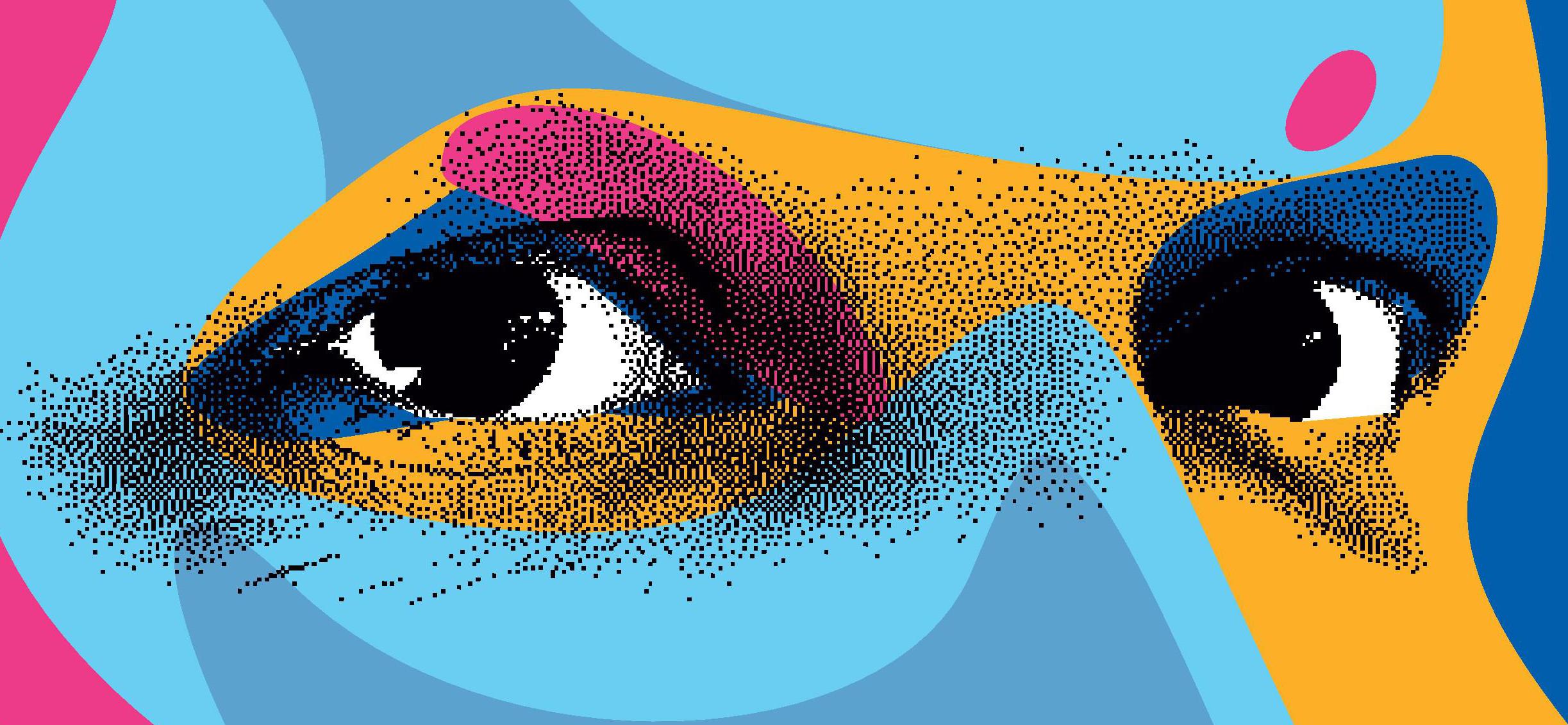
During the 1980s and 1990s, one influential account of autism claimed that autistic people lack a ‘theory of mind’ (ToM) — the ability to attribute mental states (knowledge/wishes/feelings/beliefs) to oneself and others. The claim that this ‘mind-blindness’ is the core defect in autism is called the ToM hypothesis.
Research in the 1980s assessed the ToM hypothesis of autism using the ‘Sally-Anne test’ to test first-order belief (‘I think Sally thinks the marble is in the basket’). Secondorder beliefs (‘I think that Anne thinks that Sally thinks the marble is in the basket’) were also tested. Simon Baron-Cohen et al. (1985) used this method and found that all autistic children failed these two tests but many adults at the higher end of the autistic spectrum passed. So were the latter tasks also too easy? [Note: at the time of the study the adults were described as having Asperger’s syndrome, however this term is no longer used. Instead, autism is described as a spectrum: autistic spectrum disorder, ASD. All people with ASD have difficulties with communication and interaction with other people, while people at one end of the spectrum have greater difficulties with learning, thinking and problem-solving abilities.]
Your organisation does not have access to this article.
Sign up today to give your students the edge they need to achieve their best grades with subject expertise
Subscribe




